Animals contribute a significant percentage of the overall food supply on the market today. Studies show that over 60% of proteins eaten by people in the United States and other advanced economies come from animal sources. To maintain or increase the supply of food from animal sources, we need to deploy technology solutions that can boost the production capacity of farms.
Several technology inventions are being developed to disrupt how livestock farms are operated. The goal of all these inventions is to improve the productivity of farms and to enhance the experience of the farmers.
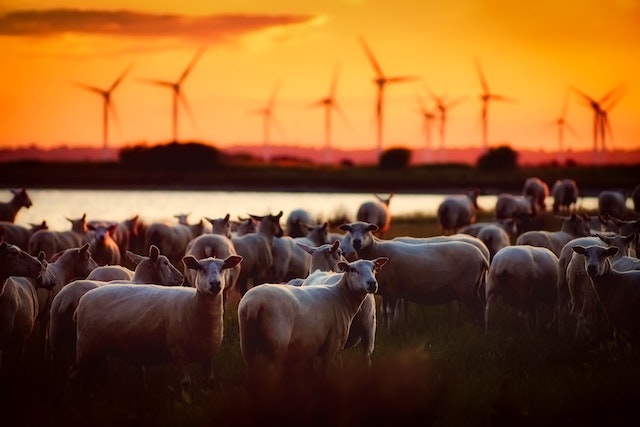
In this article, we will take you through some of the technological innovations that are being developed and those that livestock farmers are already using to enhance the effectiveness and efficiency of farm operations.
Automated Dairy Installations
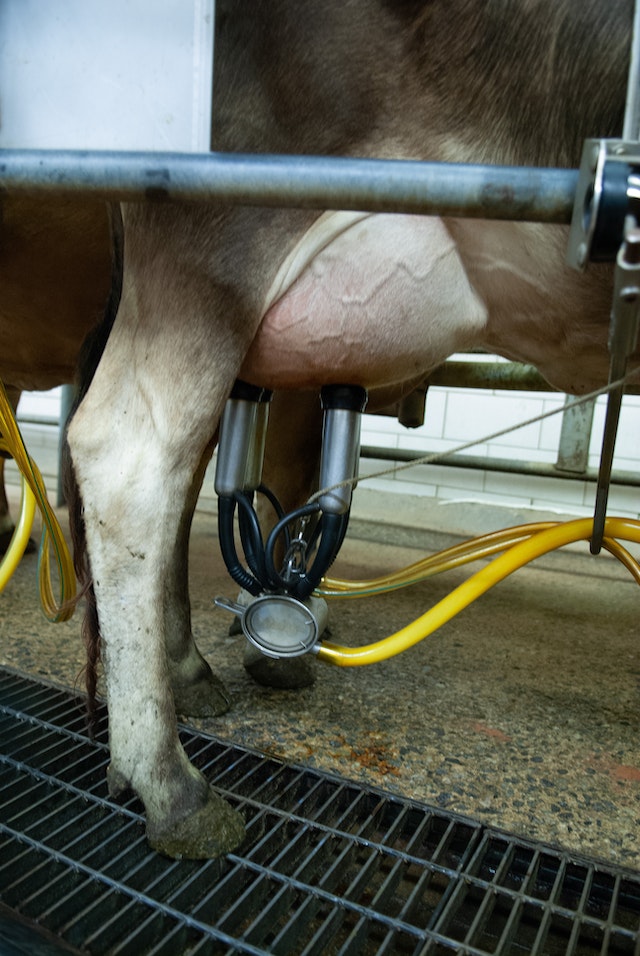
Milking is one of the common operations carried out at most dairy farms. Most dairy farmers around the world milk their cows and goats manually, which takes much time and is also inconvenient for the animals. To solve this problem, automated equipment has been developed to help farmers do hands-free milking at the most appropriate time.
These systems used to milk cows have been advanced to the level where cows can now be milked at the most convenient time. Cows can now enter the milking parlor to get robotically milked whenever they please. These cows also don’t have to go through the stress of carrying several liters of milk while waiting for the standard milking time.
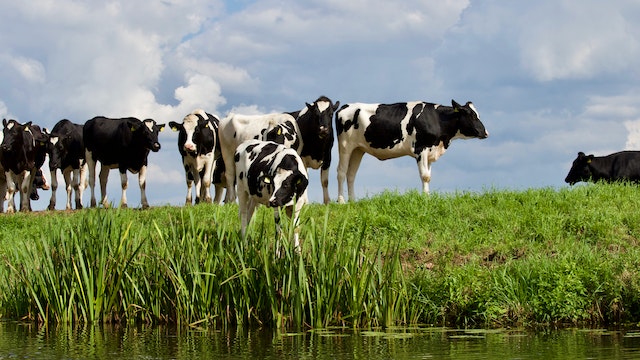
Automated dairy systems can also analyze the milk to check its quality and any signs of diseases like mastitis. Of course, it takes some time for cows to be trained for this system. However, once the cows get used, carrying out milking operations becomes easier and more efficient than using the traditional methods that most animal farmers use.
Automated Feeder Systems

As humans, we usually mind our feeding habits to ensure our bodies get the nutrients we need and in the right amounts. Automated feeder systems are also being used to do the same for animals. The goal of these systems is to ensure all animals on the farm get access to the right foods they need to grow and to produce the expected milk for the case of dairy farming.
With automated feeding technologies, farmers can now provide cattle, swine, and other types of animals with feeding mixtures and amounts explicitly tailored to that animal’s needs. In addition to helping the animals to grow faster, these technologies also eliminate waste since every animal is fed with the exact amount of food it needs to grow or produce the milk required.
Using automated feeder systems also helps farmers to identify the food nutrients the animals need the most. This helps to determine the appropriate pastures to grow to generate foods with such nutrients. Trioliet is one of the popular companies currently building Automatic feeding systems for cows.
Remote Monitoring Technologies
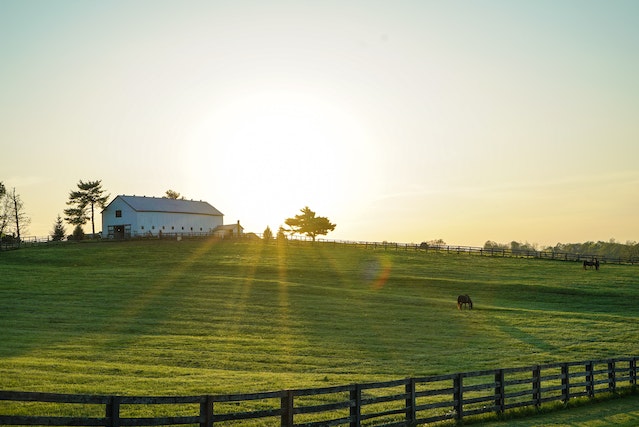
Remote monitoring technologies give farmers real-time insight into the well-being of the animals. With these technologies, IoT sensors are attached to specific parts of the animal’s body to measure particular parameters that can be used to determine the animal’s health condition. Below are some of the common sensors used to monitor the well-being of cows:
- Necklaces: These sensors look like Fitbit necklaces and are used to monitor the cow’s movement and feeding habits. This data is then used to detect any health problems and tell when the cow is in heat so that insemination can happen at an optimum time.
- Acid monitor: This sensor is put into a cow’s rumen and is used to monitor the acid levels. The acid levels in the rumen can be used to determine most complications related to the cow’s digestive system.
- Tail movements: This sensor is attached to a cow’s tail to monitor its movements. These movements can be used to determine whether a cow is about to give birth. MooCall is an Irish company that makes such sensors. Their sensors are designed to send farmers a real-time SMS one hour before the cow gives birth.
- Udder sensors: These sensors are attached to the udder section, and their core role is to monitor the quality of the milk. They are also used to check for any signs of diseases such as mastitis.
- Pedometer: These are attached around the hip section of the cow, and their role is to measure the number of steps the cow makes in a given period. It should be noted that cows typically increase their walking as they enter oestrus. So, this data gives farmers an idea of the best time for insemination.
- GPS sensors: These sensors are used to give farmers information about the real-time location of the cows. This enables them to ensure the cows stay within the pre-determined boundaries. The farmer will be notified immediately if their cows go outside the pre-determined boundaries.
- Temperature sensors: Temperature sensors (thermometers) are used to measure the temperature of the cows. The farmer will always receive an instant notification if any of the cows has a temperature outside the normal range.

Most of the companies that make these sensors also have mobile apps that farmers can install on their smartphones or tablets. When the sensors collect raw data from the animal, it is sent to the cloud for further analysis and to generate usable information that can be sent to the farmer. For example, the farmer may not be interested in knowing the PH of the milk coming out of his cow. However, this PH can be used to determine the quality of the milk or detect any possibilities of diseases. This usable information is what these platforms send to the farmer.
It should also be noted that some of these sensors must be installed by veterinary doctors or anyone with expertise in animal treatment. Most of these sensors are plug-and-play. The farmer doesn’t have to do any extra configurations before they can receive the information collected by the sensors. All they need to do is to sign in to the user account using the mobile app on their phones.
Herd Management Systems
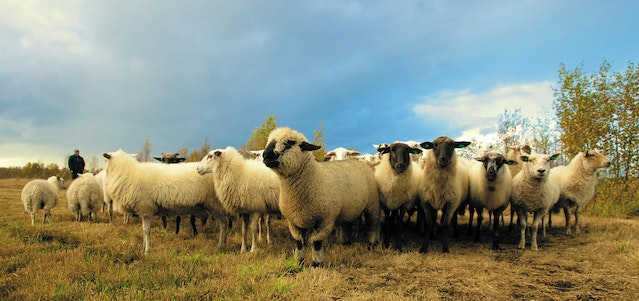
These are systems used to manage all the data about the animals on the farm. That means data collected by all the sensors and the data that is manually is all put together to help the farmer monitor how specific metrics change over time. Such a system can help the farmer identify how different breeds of animals behave under certain conditions.
Herd management systems can also be used to track the performance of animals in terms of milk production. This data can be compared to the animal’s food intake to determine how efficient it is in terms of the cost incurred on food to generate a liter of milk. Most of the herd management tools represent this data in the form of graphs, making it easy for the farmers to interpret the information.
Automated Cleaning Systems
The overall hygiene of your live stock’s housing is crucial to the health of the animals and the cleanliness of their products, such as milk. That is why it is essential to clean them regularly with clean water and detergent to kill any germs that might affect the animal’s health. Modern farms are now using Automated Cleaning Systems to autonomously clean the animal’s housing.
These systems remove waste and runoff from animal housing areas and move it to a pile that can be easily moved using machinery. This waste can then be recycled and used as fertilizers or disposed off if there are no recycling systems on the farm. The good news is that most automated cleaning systems are universal, so they can be used for cleaning enclosures for different kinds of animals.
GMO Technology

The use of technology to modify the genetics of animals is already being used by savvy farmers. This technology involves altering an animal’s genetic material by removing, modifying or inserting DNA sequences that introduce a new trait or change a characteristic such as the disease resistance of an animal.
Animals can also be genetically modified in order to boost their growth rate hence reducing the time to the market. This is mainly used on farms that mainly deal in meat production.
Pros and cons of using the above technologies on farms
Pros

- Lowers labor costs
Using technologies such as automated feeder systems and remote monitoring technologies lowers the number of people you need to do the different operations on your farm. Of course, you will need more skilled labor to handle the more technologically advanced equipment. But overall, the costs of labor will be significantly lowered.
- More productivity in farm operations
One of the major advantages of using machines instead of humans is the boost in productivity. Automated machines can be deployed 24/7 to do tasks such as cleaning or feeding the animals. This improves the overall productivity since more work can be done in less time when compared to using traditional farming methods.
- Improves the general well-being of the animals
Remoted monitoring sensors are helping farmers to know the health condition of their animals in real-time. This reduces the response time whenever any of the animals are experiencing a health problem. With improved response time, the risk of getting severely ill animals is reduced.
- More farm output
With the aid of technologies such as automated feeder systems, animals are fed with the exact nutrients they need and the right amounts. This improves their rate of growth and milk and meat output. It also reduces the chances of feeding your animals with excess food that they may not need.
- Improves safety on the farm
Some tasks like cleaning dirty enclosures for animals, such as pigs, may not be healthy if done by humans. Using automated systems for these kinds of tasks eliminates the chances of farm workers getting diseases from cleaning dirty animal housing. With automation, human workforce is only deployed for tasks machines cannot do.
Cons

- The initial investment is expensive.
One of the main reasons so many farmers are not adopting the technologies we have just shared is the high initial investment. Equipment such as the automated feeder can cost as much as $189,000. This is way too high for the ordinary farmer rearing a small number of cows. Such equipment only makes sense for farmers with large farms and stable monthly revenue.
- There is a learning curve.
Most of these technologies are new to the farmers, so it takes some time for them to learn how to utilize their full potential. Some farmers are actually reluctant to adopt these technologies because of the time and effort it will take for them to learn how to use them. The good news is that most of this equipment have user guides that farmers can easily follow while installing or using them.
Besides the farmers, animals may also have to be trained to adopt certain technologies. For instance, if you want to use robotic systems for milking, you have to train your cows to go through the entire process.
- Requires skilled labor
Operating automated machines requires hiring highly skilled labor. Some animal farms in local areas may not have access to some of these skilled laborers. The lack of experienced machine operators can hinder the adoption of the technology in some areas.
Final Thoughts

Using technology to manage livestock farms has been proven as one of the most effective ways to boost the efficiency of operations and the overall experience of everyone working on the farm. We have shared most of the common technology innovations that have changed how livestock farms are operated.
However, these technologies have some limitations that farmers and other stakeholders need to address before adopting them. We shared some of these limitations above.



